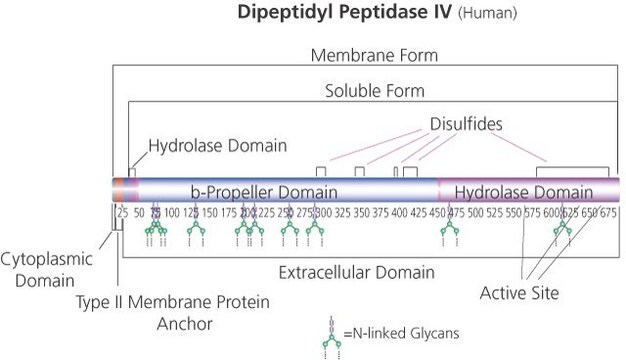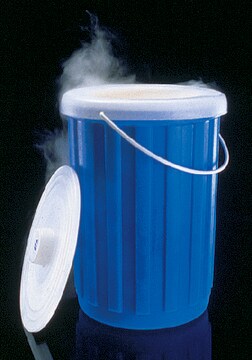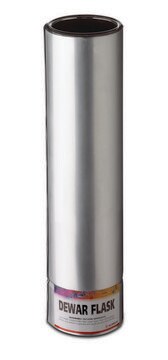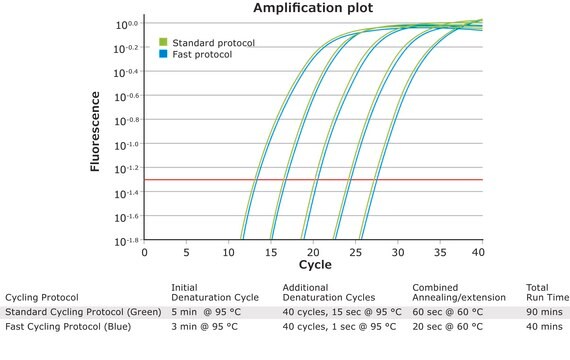SRP6455
EpCAM/CD326 human
recombinant, expressed in HEK 293 cells, ≥95% (SDS-PAGE)
Synonim(y):
DIAR5, EGP2, EGP314, EGP40, ESA, GA733-2, HNPCC8, KS1/4, KSA, M4S1, MIC18, MK1, TACSTD1, TROP1
About This Item
Polecane produkty
pochodzenie biologiczne
human
rekombinowane
expressed in HEK 293 cells
znacznik
6-His tagged (C-terminus)
Próba
≥95% (SDS-PAGE)
Formularz
lyophilized
masa cząsteczkowa
calculated mol wt 29 kDa (after removal of signal peptide.)
observed mol wt 33-36 kDa by SDS-PAGE
opakowanie
pkg of 10 and 50 μg
zanieczyszczenia
<1 EU/μg endotoxin (LAL test)
numer dostępu UniProt
Warunki transportu
wet ice
temp. przechowywania
−20°C
informacje o genach
human ... EPCAM(4072)
Opis ogólny
Działania biochem./fizjol.
Postać fizyczna
Rekonstytucja
Kod klasy składowania
11 - Combustible Solids
Klasa zagrożenia wodnego (WGK)
WGK 3
Temperatura zapłonu (°F)
Not applicable
Temperatura zapłonu (°C)
Not applicable
Wybierz jedną z najnowszych wersji:
Certyfikaty analizy (CoA)
Przepraszamy, ale COA dla tego produktu nie jest aktualnie dostępny online.
Proszę o kontakt, jeśli potrzebna jest pomoc Obsługa Klienta
Masz już ten produkt?
Dokumenty związane z niedawno zakupionymi produktami zostały zamieszczone w Bibliotece dokumentów.
Nasz zespół naukowców ma doświadczenie we wszystkich obszarach badań, w tym w naukach przyrodniczych, materiałoznawstwie, syntezie chemicznej, chromatografii, analityce i wielu innych dziedzinach.
Skontaktuj się z zespołem ds. pomocy technicznej







